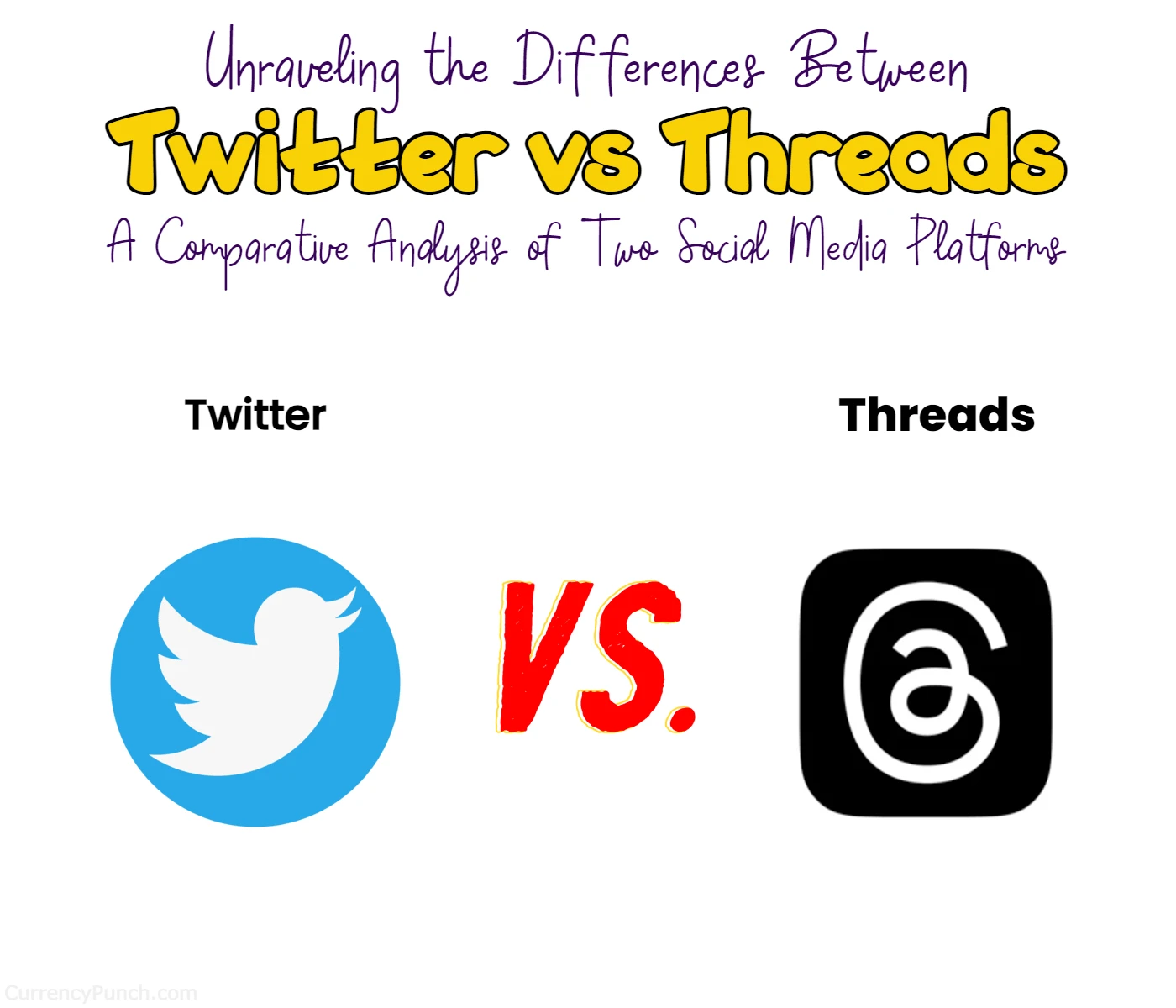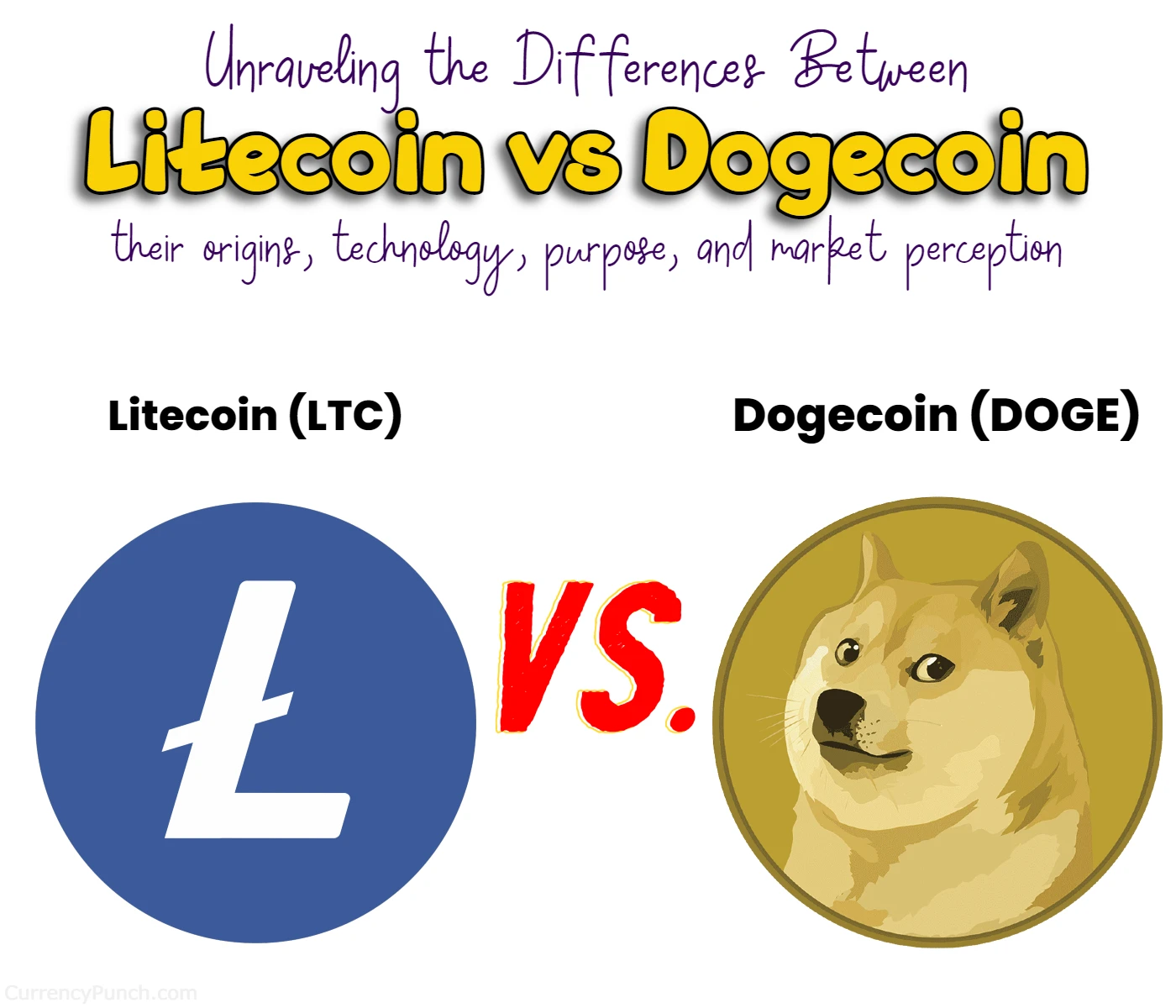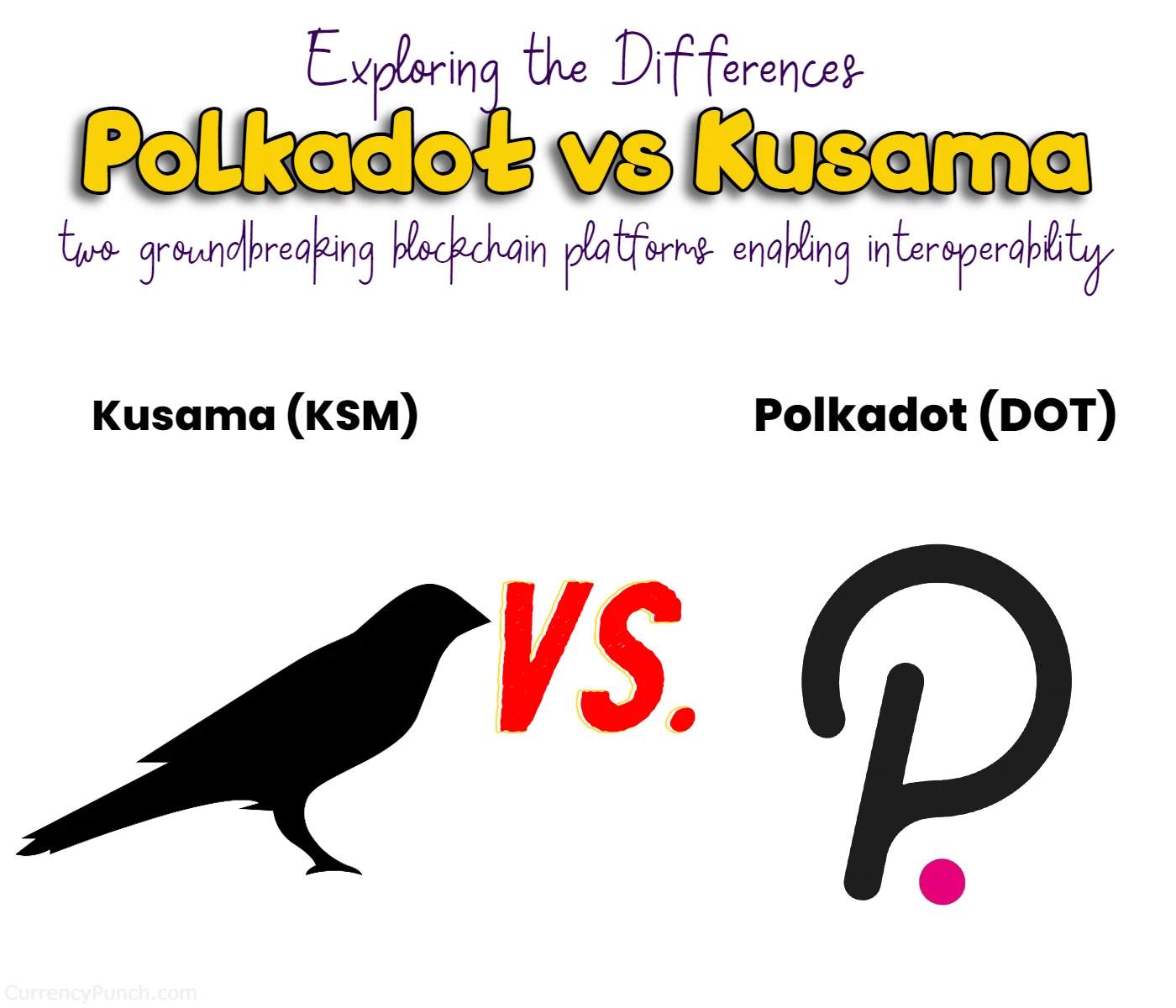Chainlink (LINK) vs Polkadot (DOT)
What is the difference between Polkadot (DOT) and Chainlink (LINK)?

Today, we’ll explore the key differences between Chainlink (LINK) and Polkadot (DOT), two innovative projects revolutionizing the blockchain industry. If you’ve ever wondered how these technologies differ in their objectives, architectures, and functionalities, you’re in the right place. By the end of this article, you’ll have a clearer understanding of the unique characteristics and potential use cases of Chainlink and Polkadot. So, let’s dive in and unravel the distinctions between these intriguing projects!
Chainlink (LINK) and Polkadot (DOT) may both operate within the blockchain realm, but their goals and functionalities set them apart. Chainlink focuses on providing reliable and secure data to smart contracts through its decentralized oracle network. With its ingenious architecture, Chainlink acts as a bridge, connecting smart contracts with real-world data and external APIs. On the other hand, Polkadot (DOT) takes a different approach, aiming to create a scalable and interoperable ecosystem of blockchains. Its multi-chain platform enables seamless communication and collaboration among different chains, fostering innovation and synergy in the blockchain space.
As we delve deeper into the intricacies of Chainlink and Polkadot, you’ll discover how they differ in token utility, governance models, scalability approaches, and community dynamics. Whether you’re a blockchain enthusiast, developer, or investor, understanding these differences is crucial for evaluating their potential applications and determining which project aligns best with your goals. So, grab a cup of coffee, sit back, and join us on this exciting journey as we unravel the distinctions between Chainlink (LINK) and Polkadot (DOT)!
Here’s a quick comparison chart highlighting the key differences between Chainlink (LINK) and Polkadot (DOT):
| Feature | Chainlink (LINK) | Polkadot (DOT) |
|---|---|---|
| Objective | Provide reliable data to smart contracts | Create an interconnected ecosystem of blockchains |
| Architecture | Decentralized oracle network | Multi-chain platform with a relay chain |
| Use Cases | DeFi, insurance, gaming, supply chain | DeFi, cross-chain asset transfers, dApps, governance systems |
| Token Utility | Staking for node operators, payment fees | Governance, staking for validators |
| Governance Model | Primarily guided by the Chainlink team | Stake-weighted voting on proposals and referenda |
| Scalability | Focuses on data provision scalability | Sharding mechanism for parallel execution |
| Community and Ecosystem | Active community with partnerships | Active developer community and project collaborations |
Introductions
Understanding Chainlink (LINK)
Chainlink is a decentralized oracle network that aims to connect smart contracts with real-world data and external APIs. Smart contracts are self-executing agreements that run on the blockchain, and they require external data to perform certain functions accurately. Chainlink provides a reliable and secure method of obtaining this off-chain data and feeding it into the smart contracts.
Decentralized Oracle Network
The core innovation of Chainlink lies in its decentralized oracle network. Oracles act as bridges between the blockchain and the external world, enabling the flow of data between the two. Chainlink’s decentralized oracle network consists of numerous independent nodes that retrieve data from various sources, ensuring the accuracy and reliability of the information provided.
Secure Data Transmission
Chainlink prioritizes the security and integrity of the data it delivers to smart contracts. It achieves this through several mechanisms, including data encryption, off-chain computation, and cryptographic proofs. By ensuring the authenticity and reliability of the data, Chainlink minimizes the risk of manipulation or tampering, enhancing the overall security of the smart contracts.
Use Cases
Chainlink’s ability to connect smart contracts with real-world data opens up a wide range of use cases. For example, it can facilitate decentralized finance (DeFi) applications by providing accurate price feeds for various assets. It can also enable insurance contracts that trigger payouts based on specific events, such as flight delays or natural disasters. Additionally, Chainlink has applications in supply chain management, gaming, prediction markets, and more.
Understanding Polkadot (DOT)
Polkadot, on the other hand, is a multi-chain platform that seeks to enable seamless interoperability and scalability among different blockchains. It aims to create a decentralized and interconnected ecosystem of specialized blockchains, known as parachains, that can communicate and share information with each other.
Polkadot introduces a unique shared security model, where multiple parachains can benefit from the collective security provided by the Polkadot network. Instead of each parachain needing to maintain its security infrastructure, they can rely on the robustness of the Polkadot relay chain. This approach improves efficiency and reduces the barriers to entry for new projects, as they can leverage the existing security of the Polkadot network.
Interoperability and Cross-Chain Communication
Polkadot’s architecture enables seamless interoperability between different blockchains. It achieves this through a central component called the relay chain, which acts as a hub for cross-chain communication. Parachains can connect to the relay chain, facilitating the transfer of assets, data, and messages between different chains. This interoperability fosters collaboration and synergy among various blockchain projects within the Polkadot ecosystem.
Scalability and Governance
Scalability is a crucial challenge in the blockchain industry, and Polkadot addresses this issue through its sharding mechanism. By dividing the network into multiple parachains, each with its dedicated set of validators, Polkadot can process transactions and execute smart contracts in parallel, significantly improving scalability. Moreover, Polkadot employs a sophisticated governance model that allows token holders to participate in the decision-making process, ensuring the network’s decentralized management.
Differences Between Chainlink and Polkadot
Objectives
Chainlink primarily focuses on providing reliable and accurate data to smart contracts through its decentralized oracle network. Its main objective is to bridge the gap between blockchain and real-world data, enabling the execution of smart contracts that rely on external information.
On the other hand, Polkadot aims to create a scalable and interoperable ecosystem of blockchains. It seeks to solve the scalability and interoperability challenges faced by individual blockchains by connecting them through a central relay chain. Polkadot’s objective is to foster collaboration and synergy among different blockchain projects, enabling them to communicate and share information seamlessly.
Architectural Differences
Chainlink’s architecture revolves around its decentralized oracle network. It consists of independent nodes that retrieve data from various sources and deliver it to smart contracts. Chainlink focuses on the security and reliability of data transmission, employing encryption, off-chain computation, and cryptographic proofs to ensure data integrity.
Polkadot, on the other hand, employs a multi-chain architecture with a central relay chain. The relay chain serves as the hub for cross-chain communication, enabling different parachains to interact and share information. Polkadot’s shared security model allows parachains to benefit from the collective security of the network, reducing the need for individual security infrastructure.
Use Cases
Chainlink’s primary use case revolves around providing reliable data to smart contracts. It has found significant adoption in decentralized finance (DeFi), where accurate price feeds are crucial for executing financial transactions. Chainlink also has applications in insurance, gaming, supply chain management, and other sectors that require real-world data integration with blockchain.
Polkadot’s use cases extend beyond data provision. Its interoperability and scalability features make it suitable for a wide range of applications. It enables projects to build specialized parachains tailored to specific use cases while benefiting from the shared security and cross-chain communication. Polkadot can be utilized for DeFi, cross-chain asset transfers, decentralized applications (dApps), governance systems, and more.
Community and Ecosystem
Both Chainlink and Polkadot have vibrant and active communities supporting their respective ecosystems.
Chainlink has gained significant traction in the blockchain space, attracting developers, data providers, and users interested in its oracle services. The Chainlink community actively contributes to the project’s development and expansion, ensuring a robust ecosystem of decentralized oracle networks.
Polkadot, with its unique approach to interoperability and scalability, has garnered a strong community of developers and projects. Its ecosystem fosters collaboration among different blockchain projects, encouraging innovation and the development of new applications. Polkadot’s community actively participates in the governance of the network, ensuring decentralized decision-making.
Token Utility and Economics
Chainlink has its native utility token called LINK. LINK tokens are used for various purposes within the Chainlink ecosystem. Node operators, who provide data and services to the network, are required to stake LINK tokens as collateral to ensure the accuracy of their data. Additionally, smart contract developers and users pay LINK tokens as fees to access and utilize Chainlink’s oracle services.
Polkadot has its native utility token called DOT. DOT tokens serve multiple functions within the Polkadot network. They are used for governance, allowing token holders to participate in decision-making processes and propose changes to the protocol. DOT tokens are also used for staking, as validators are required to lock a certain amount of tokens as collateral to secure the network and participate in block production.
Development and Partnerships
Both Chainlink and Polkadot have seen significant growth in terms of development and partnerships.
Chainlink has a robust developer community, and the project has been successful in forging partnerships with various blockchain projects and enterprises. These partnerships aim to integrate Chainlink’s oracle services into different platforms, expanding the adoption of decentralized oracle solutions.
Polkadot, with its interoperability features, has attracted attention from developers and projects looking to build on a scalable and connected blockchain infrastructure. Polkadot has established partnerships with multiple projects and has an active ecosystem of parachains being developed. The ecosystem benefits from collaborations and cross-chain communication opportunities provided by the Polkadot network.
Governance Models
Chainlink’s governance model is centered around its community and token holders. While Chainlink aims to decentralize decision-making, the development and upgrades of the protocol are primarily guided by the Chainlink team. However, Chainlink has also introduced the Chainlink Improvement Proposal (CLIP) process, which allows community members to submit proposals for consideration.
Polkadot’s governance model is more decentralized and includes on-chain governance. Token holders can participate in the decision-making process through stake-weighted voting on proposals and referenda. This ensures that the Polkadot network’s evolution and upgrades are determined by token holders and stakeholders in a democratic manner.
Scalability Approaches
Chainlink focuses on the scalability of data provision rather than scaling the underlying blockchain itself. By leveraging decentralized oracle networks and off-chain computation, Chainlink ensures that the process of retrieving and delivering data to smart contracts is scalable and efficient.
Polkadot takes a different approach to scalability. It employs a sharding mechanism where multiple parachains can run in parallel, enabling higher transaction throughput and execution of smart contracts. This allows Polkadot to achieve scalability by distributing the workload across multiple chains, increasing the network’s overall capacity.
Conclusion
Chainlink and Polkadot are two distinct projects in the blockchain industry, addressing different aspects of decentralization and data integration. While Chainlink focuses on providing reliable and secure data to smart contracts through its decentralized oracle network, Polkadot aims to create an interconnected ecosystem of blockchains that can communicate and share information seamlessly.
Understanding the objectives, architectures, and use cases of Chainlink and Polkadot is crucial for grasping their unique characteristics and potential applications. Whether it’s leveraging accurate data for smart contracts or building scalable and interoperable blockchain solutions, both Chainlink and Polkadot contribute to the growth and advancement of the decentralized economy.
FAQs
Chainlink aims to provide reliable and secure data to smart contracts through its decentralized oracle network. It bridges the gap between blockchain and real-world data, enabling smart contracts to access accurate information. On the other hand, Polkadot’s primary objective is to create an interconnected ecosystem of scalable and interoperable blockchains. It facilitates seamless communication and collaboration among different chains, fostering innovation and synergy in the blockchain space.
Chainlink’s architecture revolves around its decentralized oracle network, which consists of independent nodes retrieving data from various sources. It ensures data integrity and security through encryption, off-chain computation, and cryptographic proofs. In contrast, Polkadot employs a multi-chain platform with a central relay chain. This relay chain acts as a hub for cross-chain communication, allowing different parachains to interact and share information.
Chainlink’s primary use case lies in providing reliable data to smart contracts. It is widely adopted in decentralized finance (DeFi), where accurate price feeds are crucial for executing financial transactions. Chainlink also finds applications in insurance, gaming, supply chain management, and various other sectors requiring real-world data integration with blockchain. Polkadot, with its interoperability and scalability features, has use cases in DeFi, cross-chain asset transfers, decentralized applications (dApps), governance systems, and more. It enables projects to build specialized parachains tailored to specific use cases while benefiting from shared security and cross-chain communication.
Chainlink’s governance model is primarily guided by the Chainlink team, with community input through the Chainlink Improvement Proposal (CLIP) process. In contrast, Polkadot employs a more decentralized governance model with stake-weighted voting. Token holders can participate in decision-making by voting on proposals and referenda, ensuring a democratic approach to network evolution and upgrades.
Chainlink primarily focuses on data provision scalability rather than scaling the underlying blockchain itself. It achieves this by leveraging decentralized oracle networks and off-chain computation. Polkadot addresses scalability through its sharding mechanism. By dividing the network into multiple parachains, each with its dedicated set of validators, Polkadot can process transactions and execute smart contracts in parallel, significantly improving scalability.
Both Chainlink and Polkadot have vibrant and active communities supporting their respective ecosystems. Chainlink’s community includes developers, data providers, and users, contributing to the project’s development and expansion. Polkadot’s community consists of developers and projects building on the platform, fostering collaboration and innovation within the ecosystem. Both communities play a crucial role in driving adoption, partnerships, and the overall growth of Chainlink and Polkadot.
Read More:



